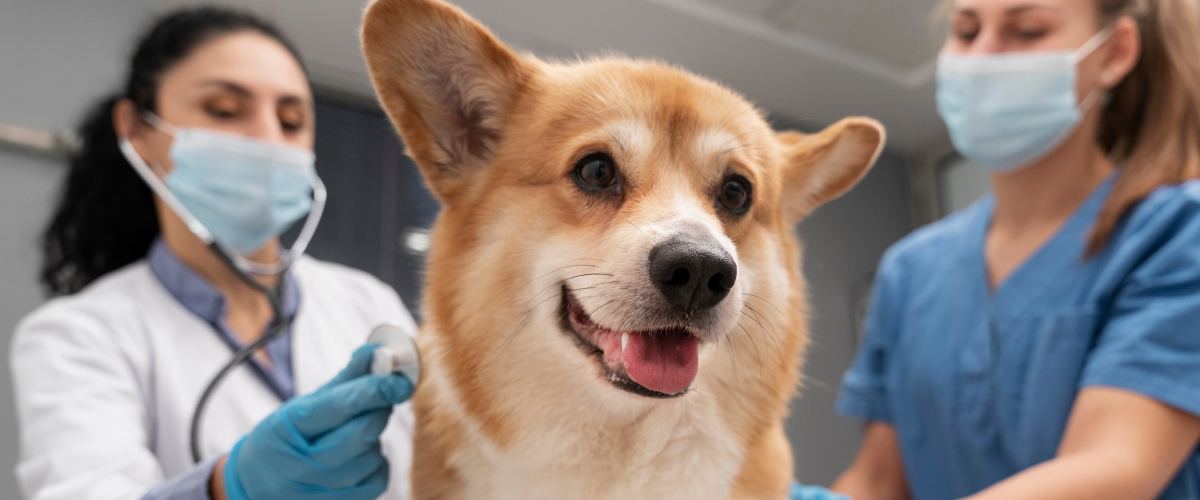Cancer is a common and serious health concern for pets, especially as they age. Understanding the stages of pet cancer can help owners make informed decisions about treatment options and provide the best possible care for their pets. In this article, we will explain the stages of pet cancer, what each stage means, and how they impact the treatment process. This guide will offer clarity on this difficult topic, optimized to help pet owners searching for information on pet cancer stages.
Understanding Pet Cancer
Before diving into the stages, it’s essential to understand that cancer in pets, like in humans, involves abnormal cells growing uncontrollably and forming tumors. These tumors can be benign (non-cancerous) or malignant (cancerous). Malignant tumors have the potential to spread to other parts of the body, making early detection and treatment critical. The stages of pet cancer help veterinarians determine how far the disease has progressed and what treatment options are most appropriate.
The Four Stages of Pet Cancer
Veterinarians generally categorize pet cancer into four stages, which provide a framework for assessing the severity and spread of the disease. These stages are based on the size of the tumor, the involvement of lymph nodes, and whether the cancer has metastasized (spread to other organs).
Stage 1: Localized Tumor
In Stage 1, the cancer is in its early stages, and the tumor is localized to one area. The tumor has not yet spread to nearby tissues or lymph nodes. At this point, the cancer may be easier to treat, and surgical removal of the tumor could be curative. Early detection is key at this stage, and regular vet check-ups can help identify tumors before they grow or spread.
Stage 2: Larger Tumor but No Metastasis
By Stage 2, the tumor has grown larger but still has not spread to the lymph nodes or other parts of the body. Treatment options often include surgery, radiation therapy, or chemotherapy, depending on the type of cancer and the overall health of your pet. While the prognosis may still be favorable, the size of the tumor could complicate surgical removal, making additional treatments necessary.
Stage 3: Tumor Spread to Lymph Nodes
Stage 3 cancer indicates that the tumor has spread to nearby lymph nodes. This is a sign that the cancer is becoming more aggressive and may be harder to treat. At this stage, the cancer has not yet spread to distant organs, but the involvement of the lymph nodes is concerning. Treatment options often become more complex, requiring a combination of surgery, chemotherapy, and radiation. The prognosis depends on the type of cancer, how far it has spread within the lymphatic system, and how your pet responds to treatment.
Stage 4: Metastatic Cancer
Stage 4 is the most advanced stage of pet cancer, meaning the disease has spread to other parts of the body, such as the lungs, liver, or bones. At this point, the cancer is considered metastatic, and treatment focuses on slowing its progression, managing symptoms, and keeping your pet comfortable. While a cure may no longer be possible, palliative care can improve the quality of life for pets in this stage. Some pets may still respond to aggressive treatments like chemotherapy, but the goal often shifts toward comfort and quality of life.
Why Early Detection Matters
The earlier cancer is detected in pets, the better the chances of successful treatment. Regular veterinary check-ups, especially for older pets, are crucial for identifying potential issues before they become more severe. In addition to physical exams, your vet may recommend diagnostic tests such as X-rays, ultrasounds, or biopsies to detect and assess tumors.
Treatment Options for Pet Cancer
Treatment options vary depending on the stage of cancer and the overall health of your pet. Common treatments include:
- Surgery: Often the first line of defense for localized tumors, surgery aims to remove the cancerous growth.
- Chemotherapy: This treatment is typically used when cancer has spread or if surgery isn’t a viable option. Chemotherapy can help shrink tumors and slow cancer’s progression.
- Radiation Therapy: Radiation is used to target specific areas where tumors cannot be surgically removed or have spread.
- Palliative Care: In later stages, palliative care focuses on relieving symptoms and maintaining the pet’s quality of life rather than curing the disease.
Conclusion: Understanding the Stages of Pet Cancer
Knowing the stages of pet cancer can empower you as a pet owner to make informed decisions about your pet’s care. Early detection and understanding the progression of the disease can lead to better treatment outcomes and, in some cases, a full recovery. If your pet has been diagnosed with cancer, it’s important to work closely with your veterinarian to develop a treatment plan tailored to your pet’s specific needs.
For more information on pet cancer stages and treatment options, consult with your vet and consider resources such as the Veterinary Cancer Society or books like “The Dog Cancer Survival Guide”. These resources provide further insights into managing pet cancer and ensuring your pet receives the best care possible.

